
The blood pressure reading typically shows two numbers and the upper number represents the systolic blood pressure, which is the pressure in the blood vessels while the heart beats. On the other hand, the lower number in the blood pressure reading represents diastolic blood pressure, which is the blood pressure in the blood vessels when the heart is relaxed. If the systolic blood pressure is above 140 mmHg, it is considered as high systolic blood pressure, and on the other hand, when diastolic blood pressure is higher than 75 mmHg, it is regarded as high diastolic blood pressure.
High diastolic blood pressure can be very serious, because it can cause complications such as heart attack and stroke, as well as kidney and heart failure. Normal diastolic blood pressure is very important for people younger than 50 years since it this point of life, systolic blood pressure is an important predictor for many other health conditions. At the age of 60, pulse pressure is taken as the most important predictor. It is very important to measure the blood pressure at least two times a year.
Causes of diastolic hypertension
Diastolic hypertension is a condition that can be induced by various reasons. One of the causes that may be responsible for the occurrence of high diastolic blood pressure is aging of the heart, since thus heart muscles become weak. Furthermore, with aging the cardiac muscles tend to wear and tear more and therefore, it is very difficult for the heart to get completely filled with the blood between two beats. Other potential causes for the appearance of diastolic hypertension are excessive drinking of alcohol and consuming cigarettes. Moreover, those people who consume foods rich in cholesterol are more susceptible to developing high diastolic blood pressure. A previous cardiac surgery and a family history of diastolic hypertension are also some of the causes for the appearance of diastolic hypertension.
Symptoms of diastolic hypertension
The most common symptoms of this condition are headaches and heart palpitations, as well as dizziness and mental confusion. Moreover, those people who suffer from high diastolic blood pressure may experience increased sweating, especially, at nights, insomnia and difficulty in sleeping. Problems with eyes such as blurred or double vision may also occur. Other symptoms of this condition include nausea and increased chances of strokes or any other organ disorders.
Treatment of diastolic hypertension
To treat diastolic hypertension, the person who suffers from it should change lifestyle and diet. The diet should be low in cholesterol and regular exercises should be performed. It is also very important to stop smoking or drinking alcohol.



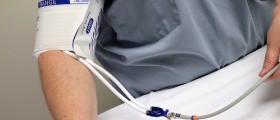


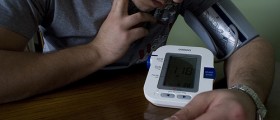
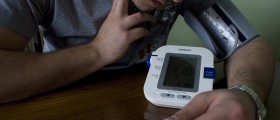
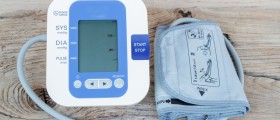


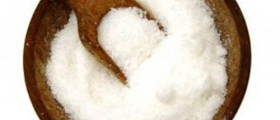
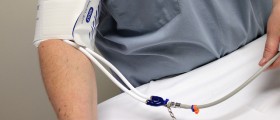
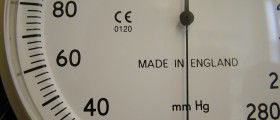

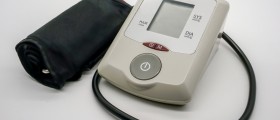
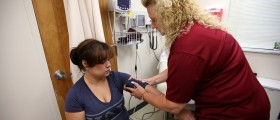
Your thoughts on this
Loading...